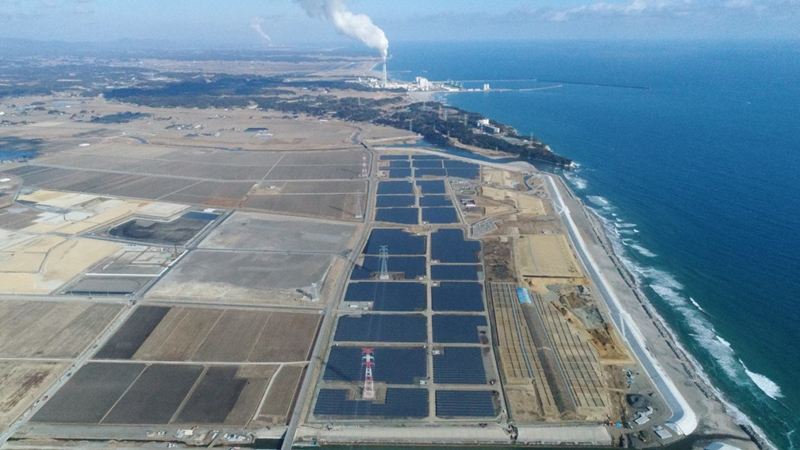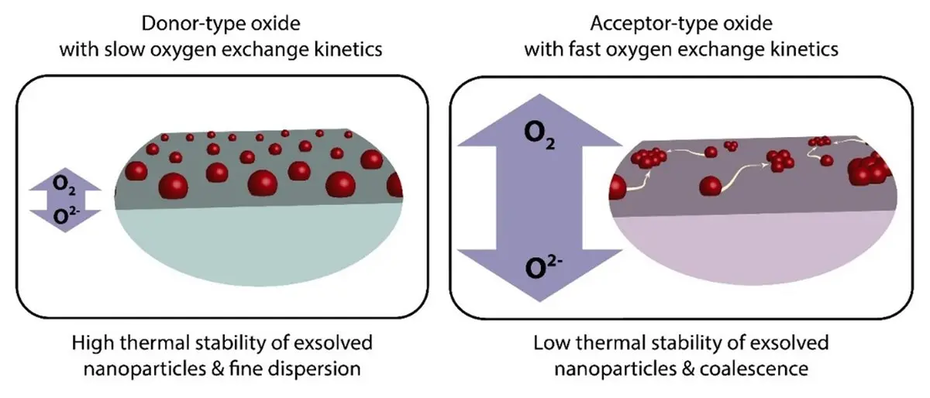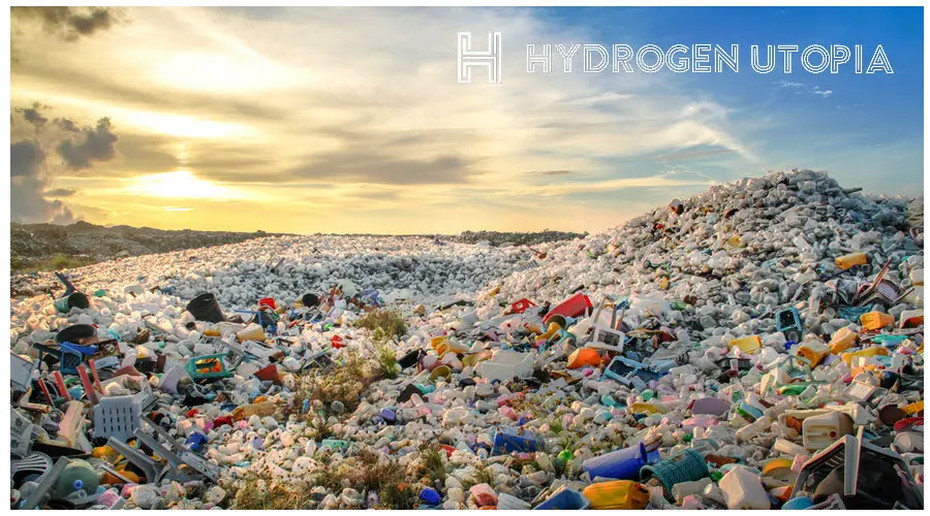 The Haramachi-higashi solar power plant operated by Sumitomo in Japan.
The Haramachi-higashi solar power plant operated by Sumitomo in Japan.
Image: Sumitomo Corporation
Japanese electrical equipment supplier and industrial conglomerate Sumitomo Corporation is partnering with Japanese utility Shikoku Electric Power and Singapore-based solar developer Sunseap on developing solar power projects under power purchase agreements in Japan.
Through the joint venture Sun Trinity LLC, the three companies will seek to bring solar power to big electricity consumers via four different kinds of bilateral agreements.
One of the three options offered by the consortium is an on-site PPA, through which power is sold to consumers via installations operated by Sun Trinity and located on rooftops and other locations on the premises of electricity consumers. The second option consists of an off-site PPA, through which the joint venture sells power to the buyer via solar plants that are located outside the consumer's premises and feed their power into the grid.
The third option is a virtual power plant (VPP) business module, through which distributed solar energy and storage resources are managed virtually to provide power grid services. The final and last offer consists of an energy service companies (ESCO) model, through which the joint venture provides energy services to final users, including the installation of a PV system, the deployment of energy efficiency equipment, and building refurbishment.
“The company can utilize Sumitomo Corporation’s and Shikoku Electric’s long-accumulated expertise in the electric power business and a range of related business infrastructures built over years in Japan by the companies while also making use of Sunseap’s world-class capability of engineering and procurement of associated equipment for solar power generation,” Sumitomo said in a press release.
Under current regulations in Japan, corporate PPAs must be made by involving electric utilities, except for on-site PPAs. Both physical and virtual PPAs are allowed. In a physical PPA, electricity buyers pay fixed fees to generators through retailers, including “sleeving” and management fees.








